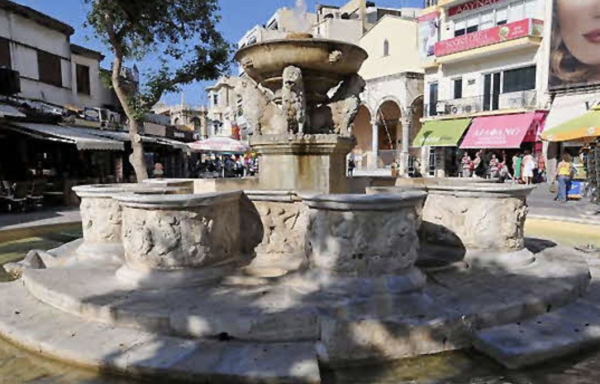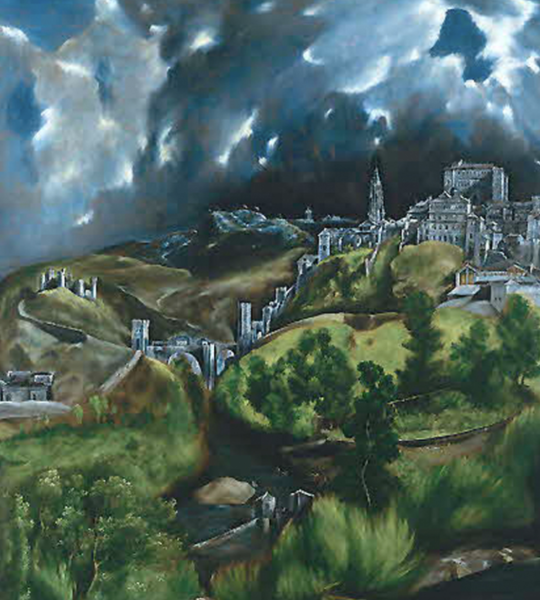Published with permission from LuxuryWeb.com
Several years ago, during a sojourn in Madrid, I felt compelled to travel to Toledo. The goal? To explore the residence of the illustrious late-medieval artist, Dominikos Theotokopoulos, universally recognized as El Greco, or “The Greek.”
Only the previous day, I had wandered the halls of the Prado Museum, deeply engrossed in their collection of El Greco masterpieces. However, the image of the “View of Toledo,” one of his scant two landscapes, continued to resonate in my thoughts. This iconic painting now adorns the walls of New York’s Metropolitan Museum of Art.

Some years earlier, during a trip to Crete, I had the privilege of visiting the birthplace of El Greco in Fodele, now transformed into a museum. This humble abode — constructed from stone and stucco — epitomizes the typical Cretan architecture of the 15th and 16th centuries. Such edifices can still be glimpsed in contemporary Cretan villages. The larger ones boast two stories where, historically, the ground floor would shelter livestock. Nowadays, it serves more mundane purposes like garaging vehicles or storage.
A cherished possession in my home is a framed poster of El Greco’s portrayal of Mary Magdalene. I acquired it during the grand celebration of the 450th anniversary of El Greco’s birth in Heraklion, Crete. At that time, I visited a deconsecrated church-turned-exhibition space situated opposite the iconic Morosini lions’ fountain in the city square. The Heraklion municipality had amassed a vast array of his works, on loan from renowned European galleries and private collections.

Success
You are now signed up for our newsletter
Success
Check your email to complete sign up
El Greco immortalized the Spanish city where he spent a significant portion of his life. Born more than 480 years ago in Fodele, near Candia (Heraklion), Crete, he later found himself immersed in the Spanish Court’s milieu. His formative years were shaped by Byzantine iconography in Crete. Subsequently, he journeyed to Venice, collaborating with the legendary Titian in the 1560s. Given the Council of Trent’s restrictions on non-liturgical art, landscape paintings from the Renaissance era were a rarity. Remarkably, El Greco either pioneered or was among the inaugural artists to craft such a landscape.
Employing a palette of somber, atmospheric hues, El Greco captured Toledo, perched atop a gentle rise, as it might appear from afar. The urban sprawl occupies a mere fraction of the canvas, with its representation diverging from the actual layout of key edifices. Instead, a dramatic, almost apocalyptic landscape and sky engulf the scene.

My journey to Toledo commenced with a local bus ride from Madrid. As we ascended a hill not far from our destination, I was greeted with a vista eerily reminiscent of El Greco’s masterpiece, further intensified by that day’s overcast skies. The uncanny resemblance was breathtaking.
Regrettably, I lacked a camera to capture this serendipitous moment; yet its memory remains indelibly imprinted in my heart.
Visit LuxuryWeb.com to see the original article, and more.












